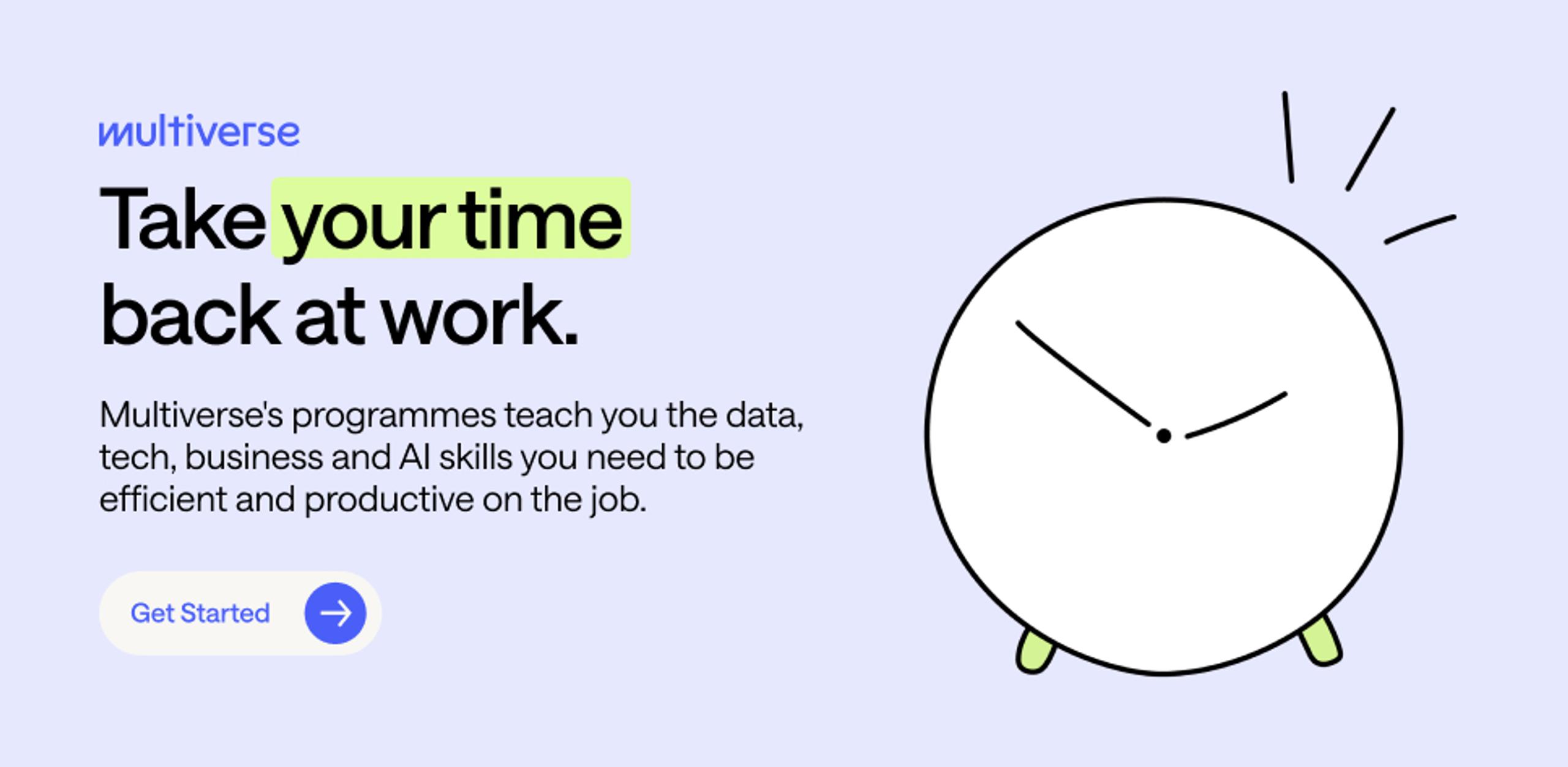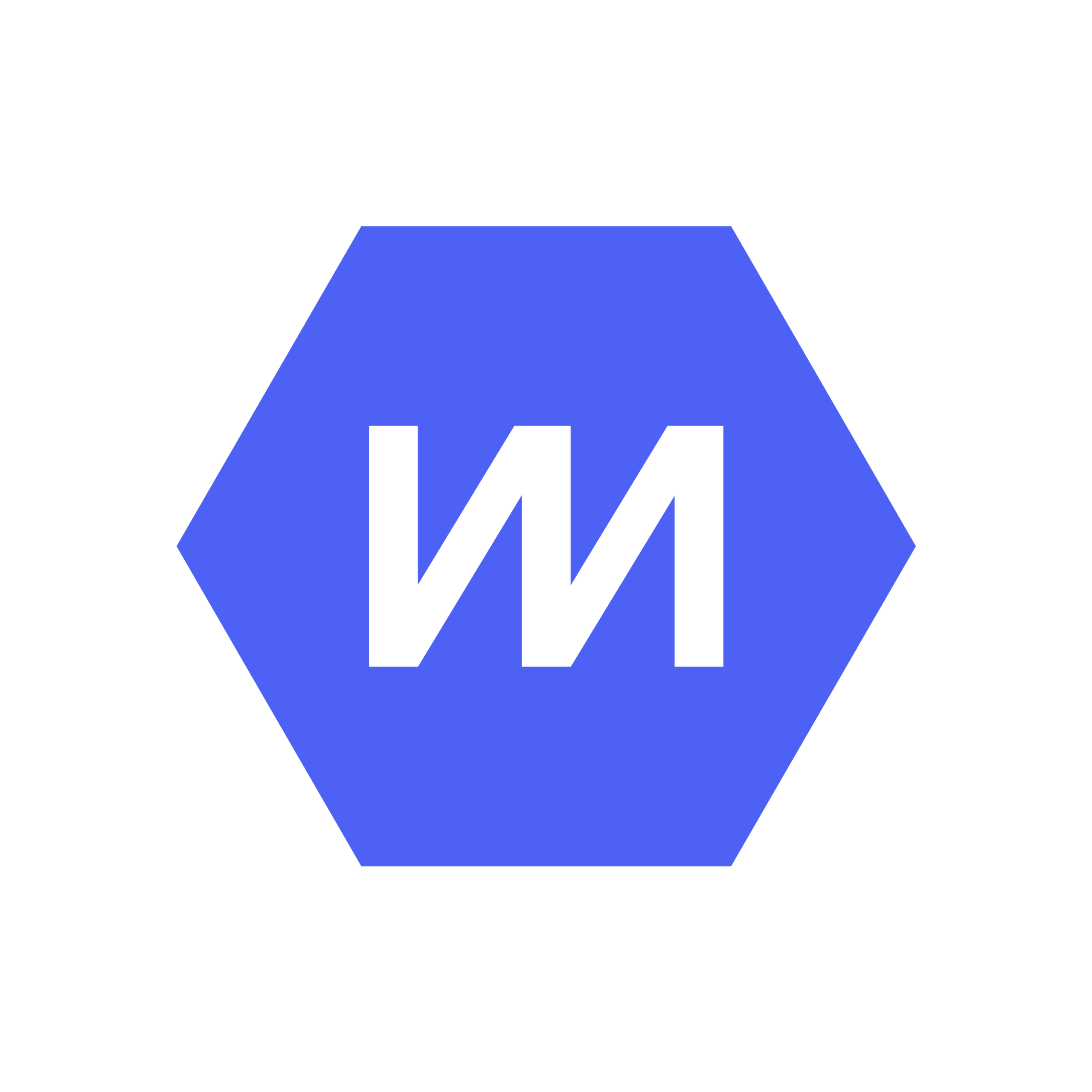According to a 2023 survey by Stack Overflow(opens new window), JavaScript is the most popular programming language for 11 years running. The latest State of JavaScript survey(opens new window) also found that 66% of Developers use JavaScript professionally. It’s one of the most widely used languages for web development. However, if you’re relatively new to coding, you might wonder what is JavaScript used for? Why is JavaScript so popular?
Around 75% of Developers use Javascript for front-end development, so it’s part of what you see on sites and apps. Although it’s most often used for the front-end, 50% of Developers also use it for back-end development. You can also use it for mobile applications, games, and more.
In this guide, we’ll show you how you can use JavaScript and share real-life examples of how companies use it.
How do Developers use JavaScript?
JavaScript is one of three coding languages developers use to build websites.
- HTML = The basic elements you need to build a page (containers, headings, paragraphs, forms, etc.)
- CSS = What those elements look like (font, color, spacing)
- JavaScript = What actions or functions those elements should perform (submitting a form, clicking a button.
You need all three—HTML, CSS, and JavaScript—to build a fully functional website. Think about a common element on a website like a ‘Add to cart’ or ‘Contact us’ button. Here’s how each language works together to create a button.
- HTML: Creates a button element
- CSS: Styles the button size, color, border, and text
- JavaScript: Makes it possible to click the button, send data to the back-end, and take you to the next step or page.
Specifically, JavaScript works by dynamically updating content with scripts, which are bits of code that perform specific functions. All web browsers have built-in JavaScript engines that interpret and execute these scripts when users interact with websites.
For example, JavaScript can underline a typo in a blog post, animate images, and make a popup window appear when a user clicks a button.
What is JavaScript used for? Six real-life examples
You may be surprised by how many digital tools, mobile apps, and websites use JavaScript. Because it’s a flexible programming language, there are many practical applications in data science, game development, and other areas.
Here are six examples of projects that developers use JavaScript to create.
1. Website front-end development
As mentioned, JavaScript powers the client-side (what users see) of websites. You can even view the JavaScript code on any website by right-clicking and going to “Inspect”. This will show you the code of a webpage.
One real-life example of JavaScript is Reddit. One way it uses JavaScript is in its search bar. Like Google, when you begin entering a search, other relevant topics pop up. These dynamic search suggestions use Javascript.
2. In-browser games
In–browser games are interactive games that you can access with web browsers like Google Chrome and Mozilla Firefox. Many in–browser games use JavaScript to allow the player to interact with the characters and interface. For instance, JavaScript can capture clicks on the player’s mouse or keyboard and make the character perform a corresponding action, like walking.
The tile-matching game Bejeweled uses JavaScript to calculate the user’s score in real-time as they clear jewels from the grid. Similarly, the indie fantasy game Iron Bane uses JavaScript to display chat messages to players.
3. Interactive maps
Interactive maps present geographic data in a dynamic format. JavaScript Developers add clickable markers, informational popups, and search bars.

Google Maps has a JavaScript application programming interface (API) that Developers can use to design custom maps for their websites. You can change the color of map elements like markers or areas like forests, roads, and waterways. You can also use it to trigger animations when the user clicks on specific markers.
4. Virtual reality
Developers can use JavaScript to design a virtual reality (VR) environment that changes in response to the user’s actions, like clicking a button on a controller. Additionally, open-source JavaScript frameworks like A-Frame can track a player’s movement and create animations.
The shadow boxing fitness game Tower Workout is a VR application created with the A-Frame framework. JavaScript powers the animations for randomly moving targets that the player must punch or dodge. It also continuously updates the player’s score and displays a countdown timer.
5. Data visualization
Data visualization transforms complex data sets into easy-to-understand graphics like charts and maps. Many Data Scientists and other professionals use JavaScript libraries to create interactive data models.
For example, the JavaScript library Chart.js makes it easy to dynamically represent data in different charts and add animated elements, like plot points that expand when a mouse passes over them. JavaScript also updates charts in real time as information gets added or deleted from the database.
6. Booking and scheduling
You can use JavaScript to create forms that gather user information for scheduling appointments. JavaScript helps update the calendar as users schedule appointments so that the user interface only displays currently available time slots.

OpenTable's restaurant reservation website uses JavaScript to display an interactive calendar with available times and dates. In addition, JavaScript collects and validates form input data and shares reservation details with restaurants.
Other features
You can also use JavaScript to make minor interactions, such as:
- Counting down the minutes until a movie is released
- Displaying images in a rotating gallery
- Scrolling back to the top of the page when the user clicks a button
- Sending chat messages between users
- Creating a responsive mobile menu that changes size when the user rotates their phone
When it comes to the question ‘what is JavaScript used for’, this list only scratches the surface. If you understand JavaScript, you can get creative with how you apply it.
FAQs
Is JavaScript used for front-end web development or back-end?
Programmers traditionally use JavaScript for front-end web development. This scripting language updates content and manages client-side interactions within web browsers.
However, companies like Netflix and Uber build server-side applications with Node.js, a popular JavaScript framework. For example, Node.js can manage and process vast amounts of data to give Netflix users personalized movie and TV show recommendations. Similarly, Uber uses Node.js to match drivers and riders.






